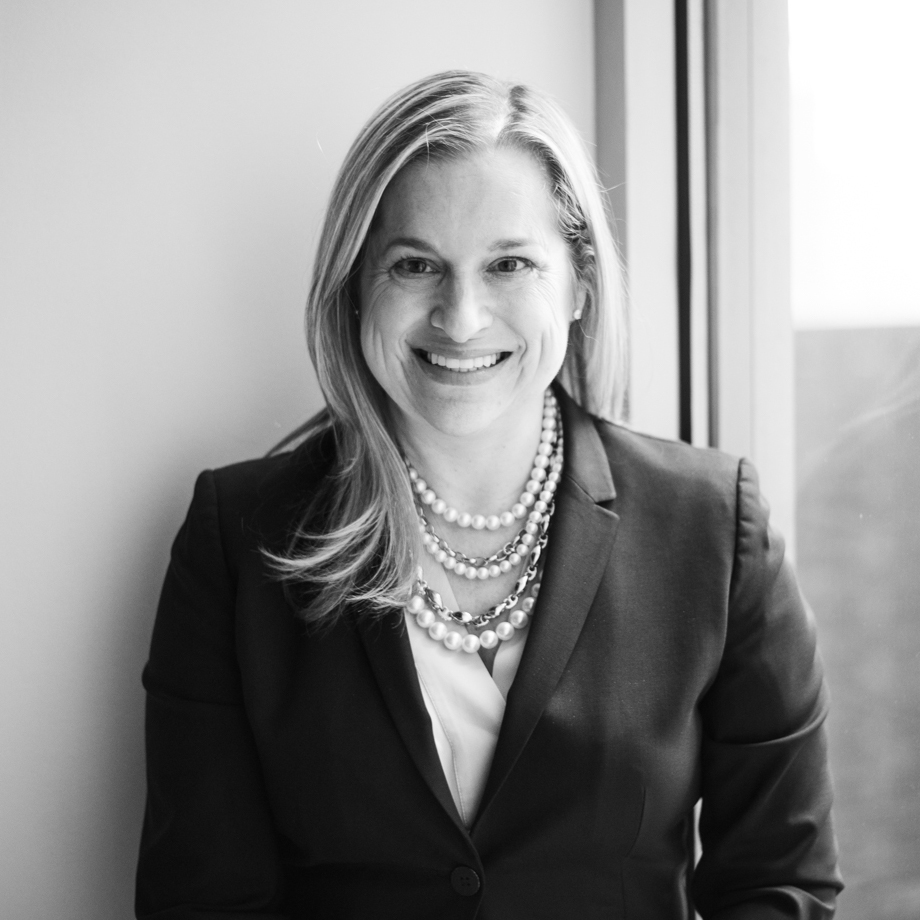New York Adopts Final Regulations for State Sick Leave Law
On December 22, 2021, the New York State Department of Labor (“NYDOL”) issued the final rules (the “Rules”) implementing the New York State Sick Leave Law (“NYSSLL”), which has been in effect since September 30, 2020. In addition to providing clarity on various critical issues by promulgating the Rules, the NYDOL also responded to public comments it received after the Rules were initially proposed on December 9, 2020, which serve as further guidance for understanding employer rights and obligations under the NYSSLL.
Employee Headcount
The amount of sick leave an employer must provide to its employees is based upon employee headcount and net income. Both the statutory language of NYSSLL and the Rules are silent as to whether employee headcount is based upon the total amount of employees or the amount of employees just working in New York State. In response to public comments regarding this ambiguity, the NYDOL stated that it “interprets the statute to include all of the employer’s employees nationwide [in the headcount],” but only employees working in New York must be provided sick leave under the NYSSLL.
Advanced Notice Requirement
Significantly, the NYSSLL and Rules are silent as to whether an employer can require employees to provide a specific amount of advance notice prior to using foreseeable sick leave (i.e., attending a previously scheduled doctor’s appointment). In responding to public comments, the NYDOL rejected suggestions to allow employers to require advance notice for foreseeable events because it would be “difficult to create separate categories governing and classifying foreseeability[.]” Therefore, employers may not impose an advance notice requirement. Instead, an employee must only make a verbal or written request to use sick leave prior to using such leave.
Requiring Documentation to Support Use of Sick Leave
The Rules clarify that employers may require employees who use sick leave for three (3) or more consecutive work days to submit documentation to support the use of such leave. Employees who take less than three (3) consecutive days of sick leave may not be asked to provide documentation to support the leave.
Employers may request the following types of documentation: (1) “an attestation from a licensed medical provider supporting the existence of a need for sick leave, the amount of leave needed, and a date that the employee may return to work” or (2) “an attestation from an employee of their eligibility to leave.” The NYDOL announced that it will publish a template for employee attestations. Notably, the NYDOL stated that an employer cannot deny an employee the right to use sick leave while attempting to confirm the basis for the leave.
The documentation may not require the disclosure of “confidential information” relating to the covered reason for taking sick leave. While the law is silent as to the definition of “confidential information,” the Rules define the term as “individually identifiable health or mental health information, including but not limited to, diagnosis and treatment records” and any other “information that is treated as confidential or for which disclosure is prohibited under another applicable law, rule, or regulation.”
The Rules provide that employers cannot require employees to bear the costs associated with obtaining any required documentation. In responding to public comments, the NYDOL made it explicitly clear that this means employers cannot deny the use of sick leave when employees are unable to obtain such documentation due to cost.
Employers subject to the New York City Earned Safe and Sick Time Act should take note that documentation may only be requested from employees who are absent for more than three (3) consecutive work days under the City’s law.
Accrual Increments
Unless an employer chooses to frontload the full amount of sick leave to employees at the beginning of each year, employees are required to accrue one (1) hour of sick leave for every (30) hours worked. The Rules require that accrual must account for all time worked and to calculate accrual, “employers may round accrued leave to the nearest 5 minutes, or the nearest one-tenth or quarter of an hour.” Therefore, sick leave must be accrued on a fractional basis.
Carryover of Unused Leave
According to the NYSSLL, employers are required to allow employees to carry over any accrued but unused sick leave into the next year. The NYDOL responded to various public comments regarding whether this requirement still applies to employers that frontload the maximum amount of sick leave to employees at the beginning of each year. The NYDOL confirmed that the carry over requirement still applies to employers that frontload sick leave, but all employers may (but are not required to) give employees the option to voluntarily elect to receive payment for any unused sick leave at the end of the year as an alternative to carrying over that time into the next year.
Notably, regardless of whether an employee carries over unused time into the next year, the NYSSLL explicitly states that employers are permitted to cap sick leave use in a single year to forty (40) hours or fifty-six (56) hours, depending on employer size.
In conclusion, employers should review their sick leave policies and speak with counsel to ensure compliance with the Rules and guidance from the NYDOL. Employers should also continue to stay up-to-date with any further guidance issued by the State regarding the NYSSLL.
As the law continues to evolve on these matters, please note that this article is current as of date and time of publication and may not reflect subsequent developments. The content and interpretation of the issues addressed herein is subject to change. Cole Schotz P.C. disclaims any and all liability with respect to actions taken or not taken based on any or all of the contents of this publication to the fullest extent permitted by law. This is for general informational purposes and does not constitute legal advice or create an attorney-client relationship. Do not act or refrain from acting upon the information contained in this publication without obtaining legal, financial and tax advice. For further information, please do not hesitate to reach out to your firm contact or to any of the attorneys listed in this publication.
Join Our Mailing List
Stay up to date with the latest insights, events, and more







